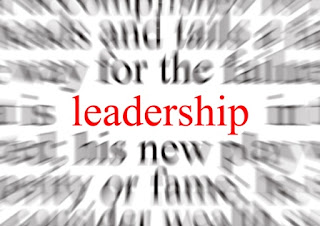An Addition to the Abromovich Collection
Russian magnate Roman Abromovich's $300 000 000 commission of the Eclipse will increase his own private yacht collection to four, turning it into the largest collection in the world. Abromovich already owns the Pelorus, Sussurro and Ecstasea, with each having its own unique, remarkable features. Abromovich also previously owned the Le Grand Bleu yacht which used to hold the title of the world's largest privately owned vessel. This yacht was presented to Abromovich's friend Eugene Schivdler in 2006 and is currently for sale again.
The Pelorus is the world's 11th largest yacht and before the commissioning of the Eclipse was the largest yacht in Abromovich's collection. The yacht was originally built for another businessman who sold it to Abromovich after one year. The yacht was then modified to its new Russian owner's specifications, including an additional helipad, increased security and stabilisers. This is Abromovich's yacht of choice to sail the western Mediterranean and travels down the Suez Canal in winter.
Unbelievable Features
Arrive on board the Eclipse by helicopter and choose to disembark on one of the two helipads that are closest to your quarters. A lift then takes you down the nine stories to your desired location, where no doubt a steward will meet you with a crystal flute of champagne. Each of the 24 guests that can be accommodated on board can enjoy the privacy of their own rooms, with each VIP suite having a balcony from where they can enjoy the fresh air and sublime views. Exciting features like a disco, a cinema, an outside pool, hot tubs, a bar, numerous lounges and even a rounded glass room in the stern which allows for panoramic views are all on offer to entertain guests. If cruising at 25 knots is not adventurous enough for you, there are 20 jet skis, numerous pleasure boats and even a submarine to get guests out on the ocean for some adrenalin-pumping action.
Built for Privacy
The Eclipse marks a new trend in yacht design, with the emphasis shifting to focus on privacy and subtlety. Abromovich is extremely private and his emphasis on security and privacy is sure to attract a multitude of high profile guests to the Eclipse. He is known for his generosity, often lending out his yachts to his Chelsea footballers as rewards or as a honeymoon treat. Because of his protective nature over his children and his celebrity guests, privacy was a large directive for the actual design of the yacht. The enormous central foyer is intended to separate guests, owner and the 30-strong crew for optimal privacy. The owner's suite is over 5000 square foot and has its own private garden for when the family needs to escape the pressure of entertaining guests.
The unique asset of the 12-seater submarine also adds to the privacy levels of the yacht as, with the docking port being situated in the hull of the boat, guests can come and go in complete privacy. For added security, the entire yacht is fitted with motion sensors and missile detectors, giving guests complete peace of mind. Flashlight sensors have even been installed against paparazzi cameras ensuring the privacy of all those on board.
Luxury Yachting for the Slightly Less Extravagant
The Eclipse sounds like a fantasy straight out of a James Bond film, but the reality is that yachting the Caribbean or Mediterranean in pure luxury is not as impossible as you might think. Incredible yachts like the 271 foot Omega are extremely safe and secure but do not compromise on luxury. All the comforts of a five star hotel are at your finger tips while floating out on the vast blue ocean.
Various yacht brokerage companies offer a range of yachts for purchase and charter. Chartering a yacht through such a broker eliminates any administration involved in owning your own yacht and all your needs can be instantly taken care of. From matching you with the perfect crew to creating your ideal itinerary and route, a yacht broker is the ideal way to plan a yachting vacation. The type of yachts available for charter ranges from enormous Eclipse-like vessels to smaller more intimate crafts meaning that a luxury yachting trip is actually within reach for most people.
Source: http://www.articlesbase.com/cruising-articles/the-worlds-largest-private-yacht-the-eclipse-530669.html








 3:02 PM
3:02 PM
 Z Shah
Z Shah
































